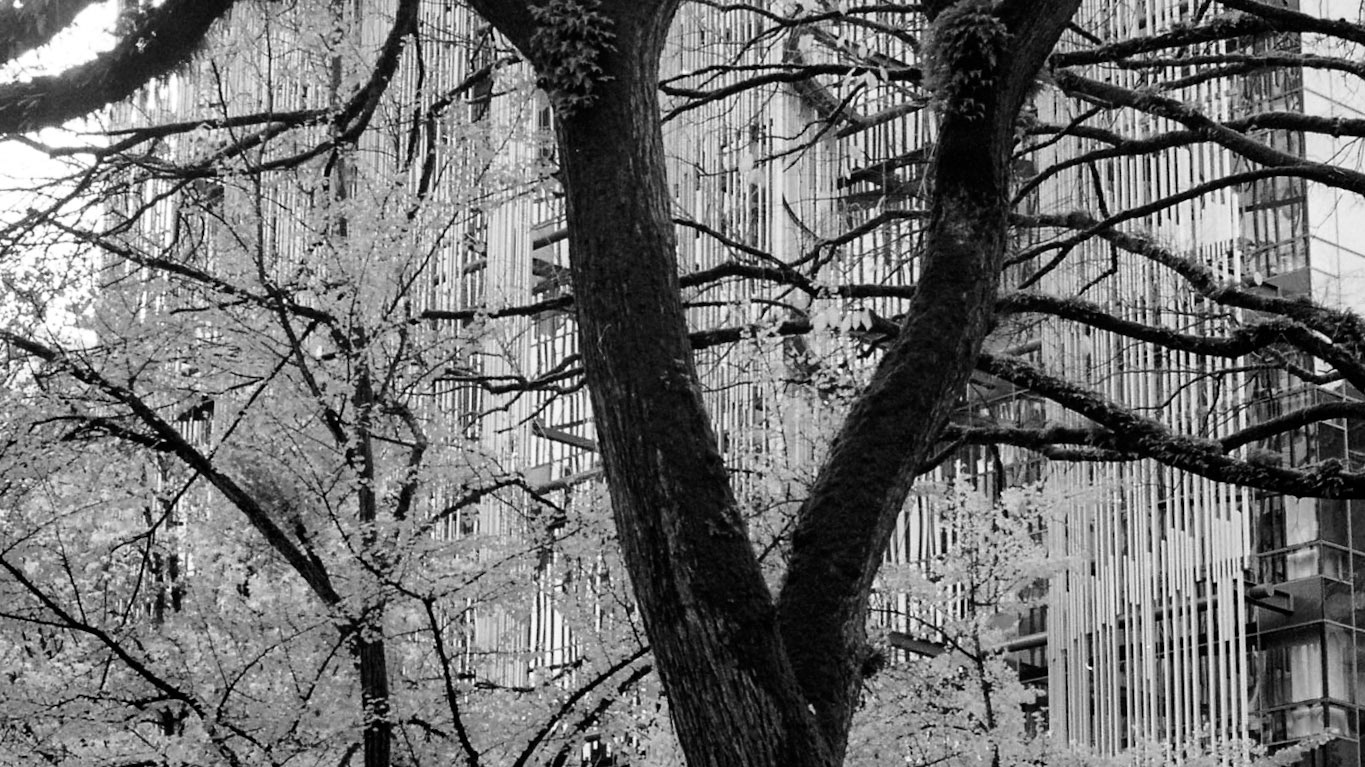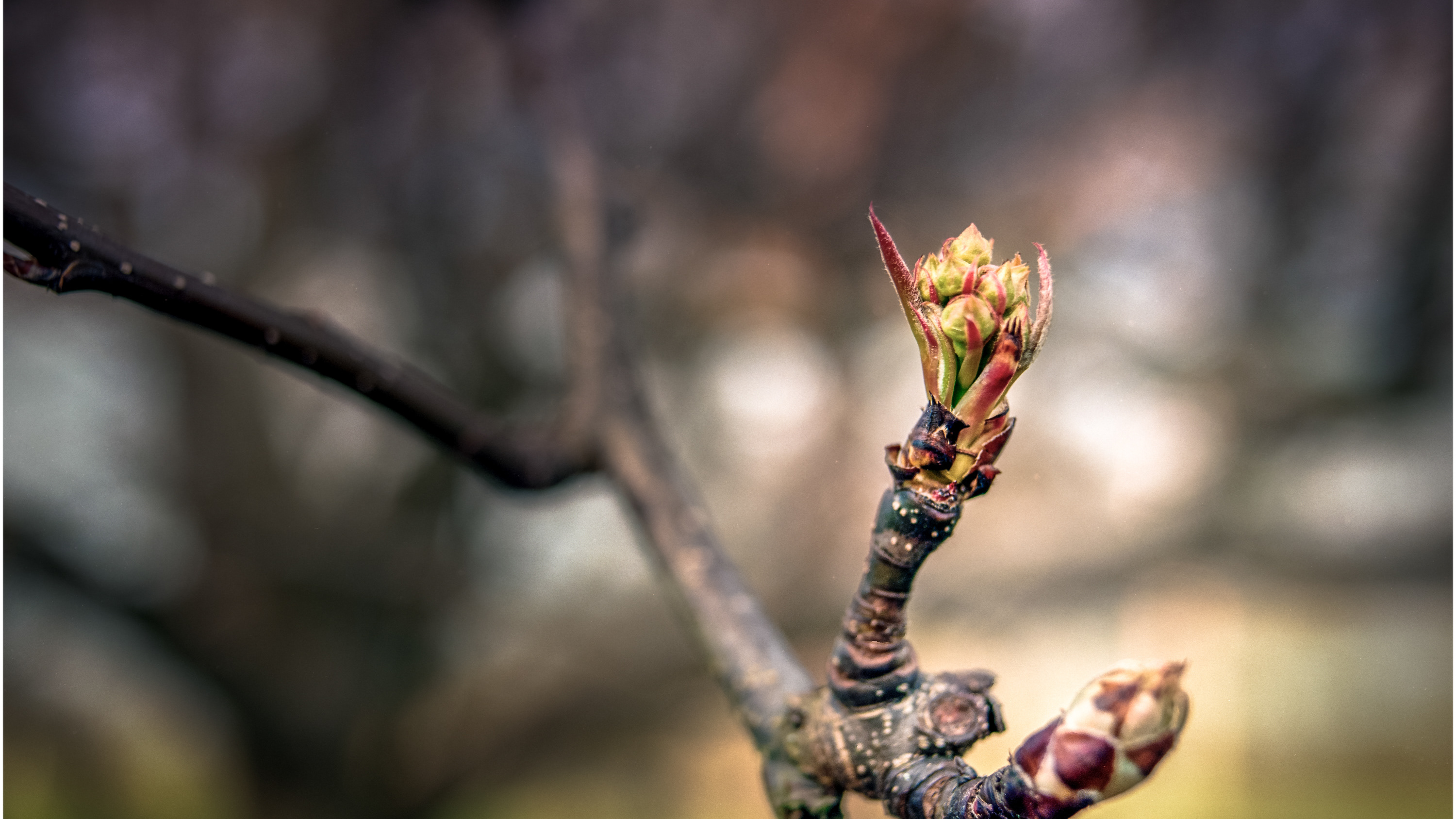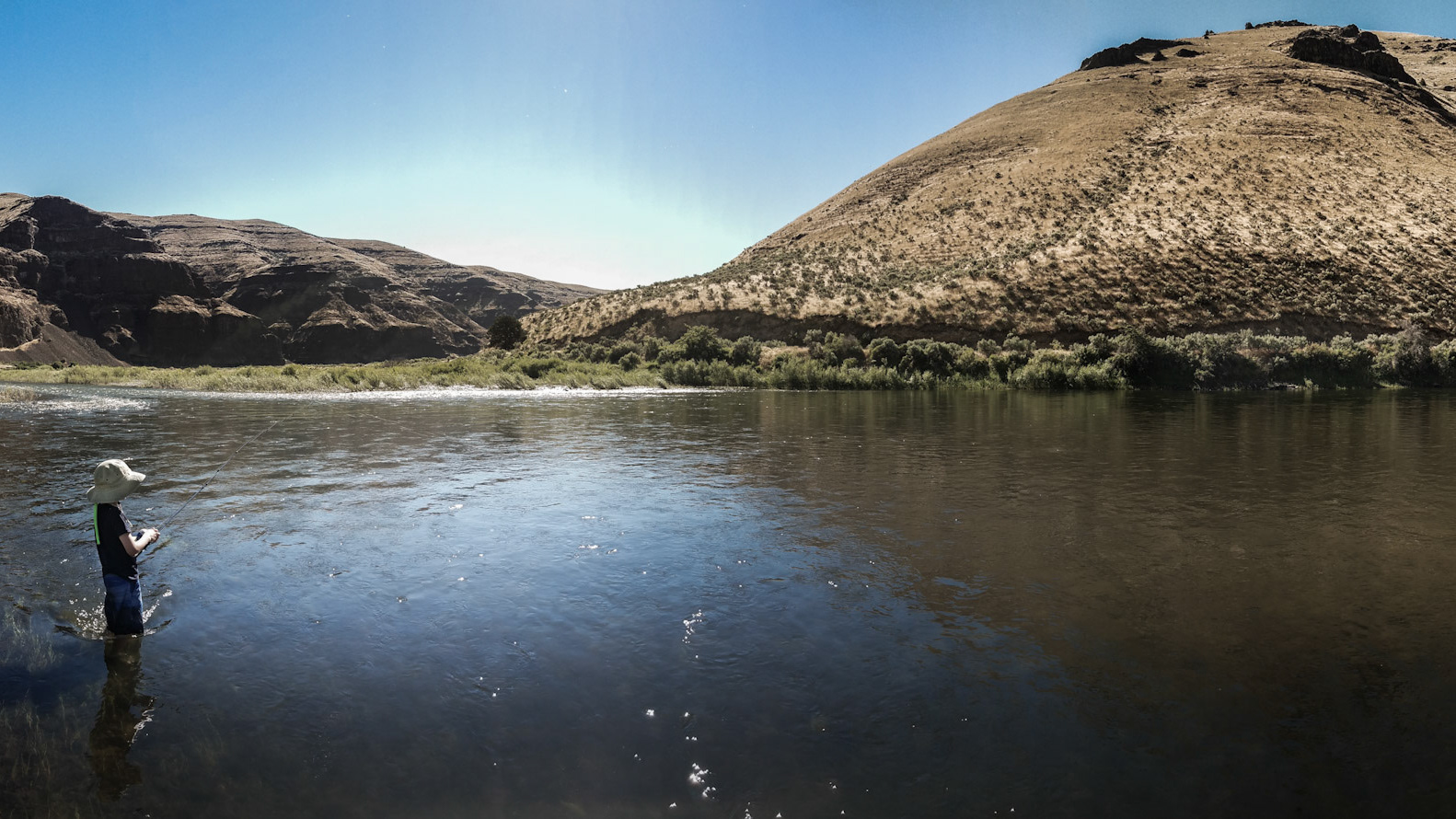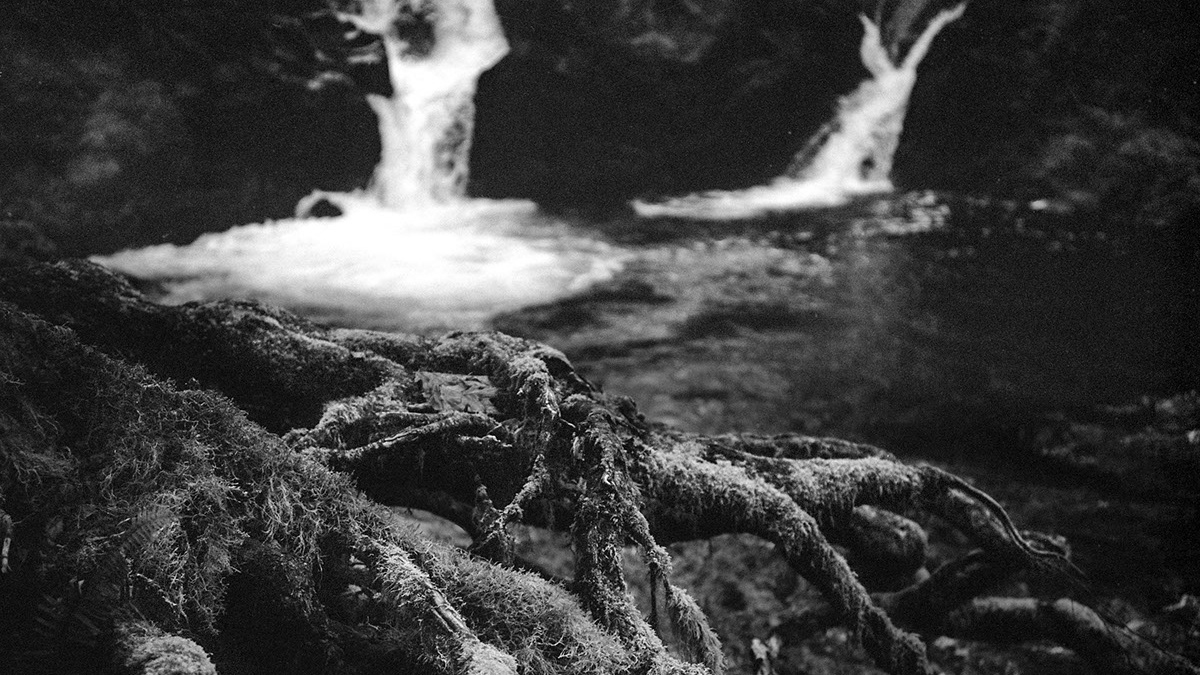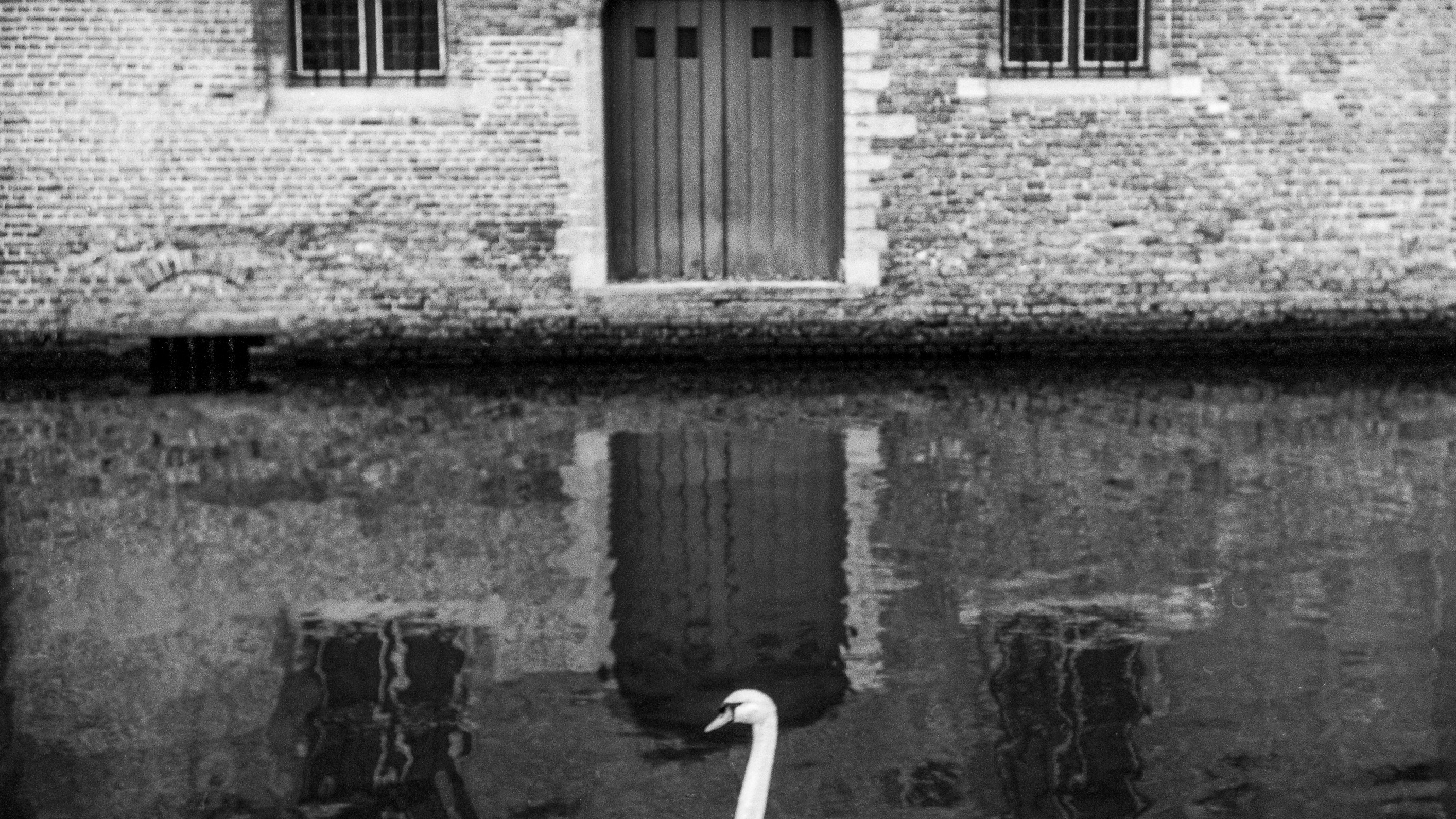There's a cabbage field next door. It's hard to see because it is boxed in by trees and brush.
One day in the spring, I went to get the mail and I noticed that long rows had appeared in the field. Bright green plants spouted, and all summer cabbages grew until they became full and big, like green balloons from the earth perfect for picking.
By the Fall, some did get picked but most of the cabbages were left in the field. They began to peel and seemed to melt in the rain.
Then they began to stink. It was barely noticeable at first, but by December the air was pungent. Any northerly breeze carried the foul stench of a rotten cabbage field to our house. Throughout the winter the repulsive odor was like a plague.
By March the odor began to subside. That is when I noticed, between the trees, that something was different in the cabbage field. I walked across my emerald green yard, down the black road to the cabbage field next door, then through the dark trees to see what had happened.
Inside the color of the dirt was rich brown and the color of the plants had morphed to a feral green. The rows were rough and full of new things I didn’t recognize. Acres of cabbage had pushed off their cultivated coats and something wild was growing from within. Some bolted taller than others; some spread wide. Jagged leaves. Hard veins. Sharp tips. Thick stalks. Rising. A strong musky warning to stay away.
